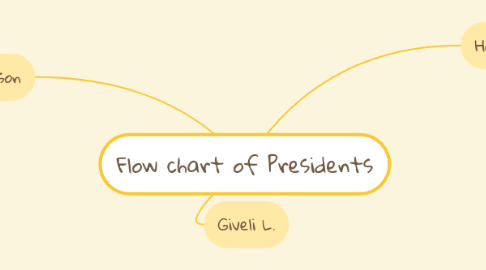
1. Lyndon B. Johnson
1.1. Lyndon Baines Johnson, often referred to by his initials LBJ, was an American educator and politician who served as the 36th president of the United States from 1963 to 1969. He had previously served as the 37th vice president from 1961 to 1963 under President John F. Kennedy. A Democrat from Texas, Johnson also served as a U.S. representative, U.S. senator and the Senate's majority leader. He holds the distinction of being one of the few presidents who served in all elected offices at the federal level.
1.2. Domestic affairs
1.2.1. He called on the nation to move not only toward "the rich society and the powerful society but upward to the Great Society," which he defined as one that would "end poverty and racial injustice." To that end, the national government would have to set policies, establish "floors" of minimum commitments for state governments to meet, and provide additional funding to meet these goals. Johnson labeled his ambitious domestic agenda "The Great Society." The most dramatic parts of his program concerned bringing aid to underprivileged Americans, regulating natural resources, and protecting American consumers. There were environmental protection laws, landmark land conservation measures
1.3. Foreign policy
1.3.1. Johnson was committed to a containment policy that called upon the U.S. to block Communist expansion of the sort that was taking place in Vietnam, but he lacked Kennedy's knowledge and enthusiasm for foreign policy, and prioritized domestic reforms over major initiatives in foreign affairs. Though actively engaged in containment in Southeast Asia, the Middle East, and Latin America, Johnson made it a priority to seek arms control deals with Moscow.[6] The Soviet Union also sought closer relations to the United States during the mid-to-late 1960s, partly due to the increasingly worse Sino-Soviet split.
2. Giveli L.
3. Harry S. Truman
3.1. 33rd president of the United States (1945–53), who led his country through the final stages of World War II and through the early years of the Cold War, vigorously opposing Soviet expansionism in Europe and sending U.S. forces to turn back a communist invasion of South Korea.
3.2. Domestic Affairs
3.2.1. As a senator and later vice president, Truman had supported FDR's New Deal, a progressive and wide-ranging government initiative to combat the Great Depression. As a Democrat, Truman believed the government had an important role in regulating the economy and providing well-being to citizens. He signed the Employment Act of 1946, which basically gave the federal government the responsibility of fighting unemployment. Under this act, the Council of Economic Advisors (CEA) was created. This council provided the president with insights into economic trends and conditions. Borrowing from FDR's ''New Deal'' terminology, Truman came up with a program of his own called the ''Fair Deal''. The Fair Deal consisted of a national healthcare program, federal aid for education, a raised minimum wage, public housing projects, progressive taxation, and other initiatives in line with liberal politics.
3.3. Foreign policy
3.3.1. Truman's foreign policy established some of the basic principles and commitments that marked American foreign policy for the remainder of the twentieth century. While underdeveloped and undernourished during its first years of existence, the NSC grew in prestige and power due to U.S. involvement in the Korean War. Over the coming decades, the NSC became a significant instrument of American foreign policy.
